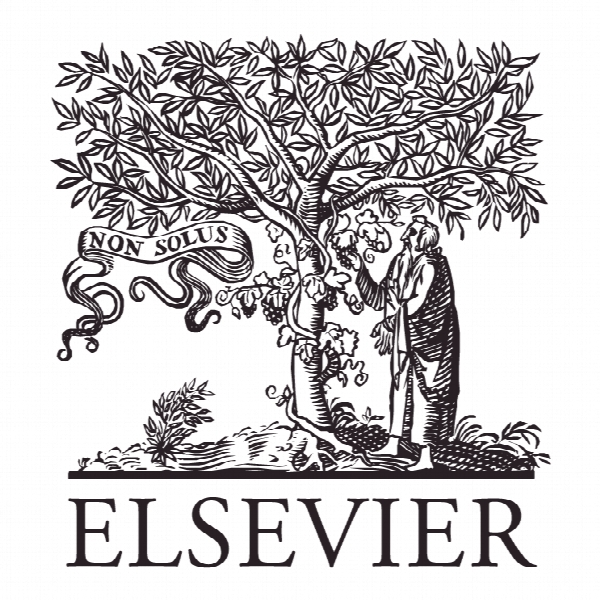اثرات متضاد مولکولی افسردگی در مردان و زنان Opposite molecular signatures of depression in men and women
- نوع فایل : کتاب
- زبان : انگلیسی
- ناشر : Elsevier
- چاپ و سال / کشور: 2018
توضیحات
رشته های مرتبط روانشناسی، پزشکی
گرایش های مرتبط روانشناسی عمومی، روانپزشکی
مجله روانپزشکی بیولوژیکی – Biological Psychiatry
دانشگاه Department of Psychiatry – University of Pittsburgh Medical School – USA
منتشر شده در نشریه الزویر
گرایش های مرتبط روانشناسی عمومی، روانپزشکی
مجله روانپزشکی بیولوژیکی – Biological Psychiatry
دانشگاه Department of Psychiatry – University of Pittsburgh Medical School – USA
منتشر شده در نشریه الزویر
Description
Introduction Major depressive disorder (MDD) is a leading cause of disability worldwide (1), but its impact differs substantially between sexes. Women are twice as likely to be diagnosed with a single MDD episode, and four times more likely to be diagnosed with recurrent MDD (e.g., (2-7). Women with MDD also report greater illness severity, more symptoms (3, 8-10), and different symptomatology than men. For instance, women are three times more likely to have atypical depression, characterized by hypersomnia and weight gain (11-15). Comorbidity of MDD with other disorders also differs between sexes. For instance, women are more likely to have comorbid anxiety disorders, whereas men are more likely to have comorbid substance use disorders (e.g., (16-19)). Some studies suggest that women have more positive treatment outcomes with selective serotonin reuptake inhibitors and monoamine oxidase inhibitors (20, 21), whereas men seem to respond better to tricyclic antidepressants. Research suggests dysfunction of the corticolimbic network of mood regulation in MDD. We consider three network nodes, the dorsolateral prefrontal cortex (DLPFC; Brodmann area 9 (BA9)), subgenual anterior cingulate cortex (ACC; BA25), and amygdala (AMY). Structural and functional neuroimaging implicates these regions in MDD [e.g. (22-30)]. Since some studies were performed in only women (24, 31), it is unclear whether results are generalizable to both sexes. Additionally, studies that included both sexes often lacked statistical power to stratify by sex. The idea that these brain regions are differentially affected in men and women with MDD is supported by sex differences in activation during normal emotional states. fMRI studies of non-depressed subjects suggest differential regional during emotion-related tasks, with women having more AMY activation and men more cortical activation [e.g., (32-34)]. Postmortem brain studies report reduced density and number of glial cells in MDD in the DLPFC (35), ACC (36, 37), and AMY (38, 39). Additionally, there is reduced neuron size in DLPFC (36) and ACC (37) in MDD. However, these analyses were not stratified by sex. Gene expression studies on tissue homogenate from postmortem brains have identified sex differences in MDD.


